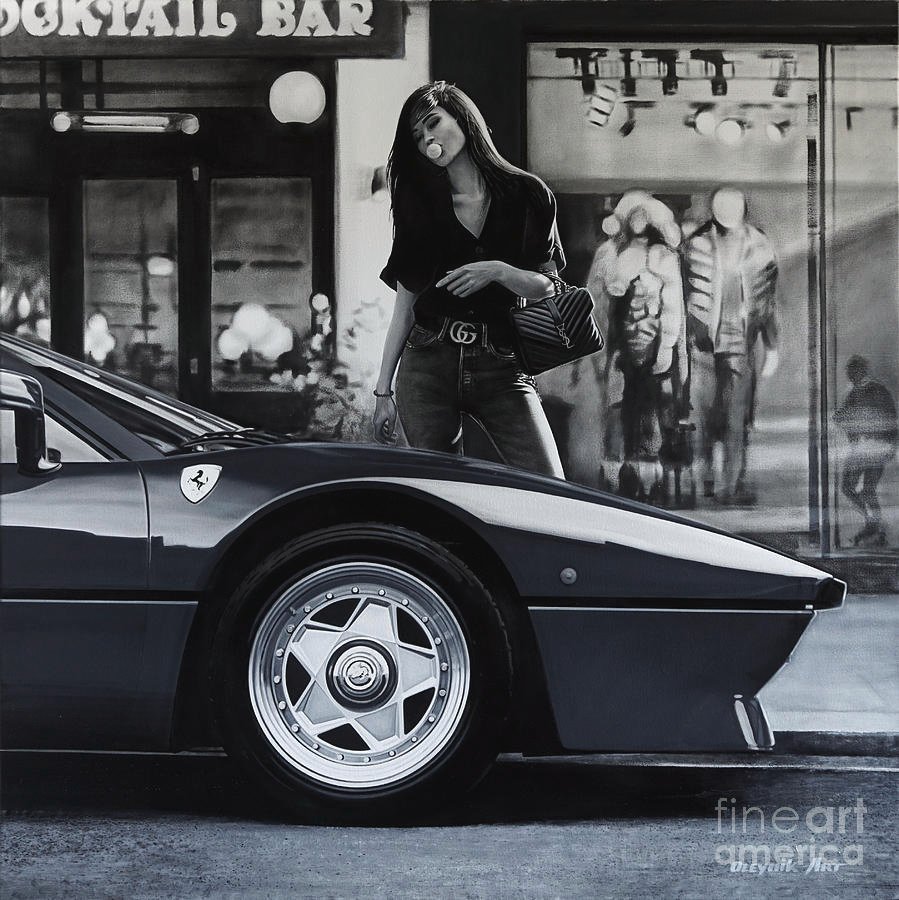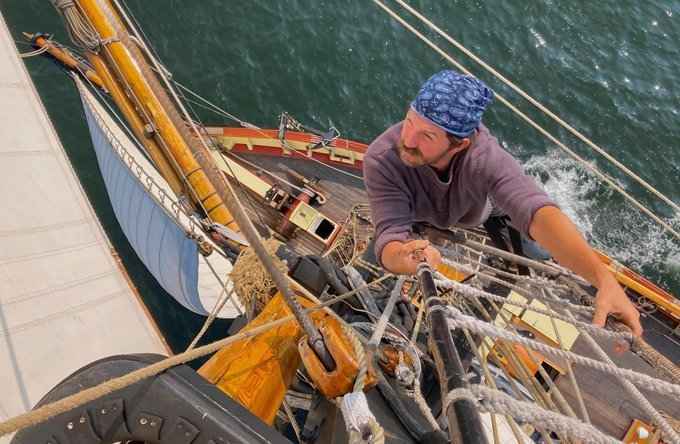-
Posts
3,563 -
Joined
-
Last visited
Content Type
Profiles
Forums
Gallery
Events
Everything posted by yvesvidal
-
It seems to me that using the Vallejo Putty, with multiple and thin applications would have filled up the cracks: The trick is to cut the dispensing tube very small, so as to serve a tiny quantity of putty. It dries white and would have filled the multiple cracks you have in the cabin walls, very well. I have used it with success and will never go back to Tamiya of other putty brands. Yves
-
I had no idea that building a paper model required such heavy tools... 🙂 Yves
- 37 replies
-
Great find!!! First, it is one of my favorite submarines and it is in the 1/200 scale. I wish plastic manufacturers would embrace this scale for submarines as this scale is becoming prevalent for many ship modellers. It is unfortunate they stopped at 1/150th or jumped to 1/350th. I will be looking at your model with a lot of interest. Thank you for starting this Build Log. Yves
- 37 replies
-

1966 Buick Riviera by CDW - FINISHED - AMT - 1:25 Scale
yvesvidal replied to CDW's topic in Non-ship/categorised builds
Once you have adjusted the hood lid, you could glue it permanently and display the engine on the side. That will solve the warping and keep the beautiful allure of the body. Yves -

1966 Buick Riviera by CDW - FINISHED - AMT - 1:25 Scale
yvesvidal replied to CDW's topic in Non-ship/categorised builds
You would not even get the fumes for 50 cents. Yves -

Scania 770 S 6x4 by wvdhee - Tamiya - 1/14
yvesvidal replied to wvdhee's topic in Completed non-ship models
At 1/14th scale, it must be a rather large model. Yves -

Team Suzuki ECSTAR GSX-RR '20 by wvdhee - Tamiya - 1/12
yvesvidal replied to wvdhee's topic in Completed non-ship models
Beautiful bike! Make sure you post a build log next time around. We are a few Motorcycles enthusiasts, on this forum. Yves -

1966 Buick Riviera by CDW - FINISHED - AMT - 1:25 Scale
yvesvidal replied to CDW's topic in Non-ship/categorised builds
Great body lines. This car is growing on me.... Yves -
I remember seeing quite a few of these Ferrari, when I was living on the French Riviera. The most interesting was to cross the border and go to the "wealthy" towns right behind the border. There, you could see all the rich Italian kids parading in their Ferrari's and hooting all the Bella Ragazzas in the streets. One may wonder why the people were so affluent in these border towns: Simply because what they were selling was tax free and not taxed at 33% like most so called luxury products, on the French side. The greediness of the French government, made the fortune of these Italian folks. Yves
-
Fantastic model Nils, so artfully and quickly done. Your work is truly inspiring by the diversity of the models that you build and the exquisite rendering of the details that can be found on these ships. Now, what is your next project? Yves
- 330 replies
-
Superb model. I love all the fishing rigs, clearly visible and artfully displayed. I also like the lighter shades of the wood, which is in plain contrast with the dark woods usually provided in Spanish kits. You made a little marvel of this rare kit. Yves
- 17 replies
-
- Marie-Jeanne
- Artesania Latina
-
(and 1 more)
Tagged with:
-
Very interesting model. I do have a question though: Are you sure that the planking of the hull was not supposed to be on each half-hull? I am asking this question, because BB is notorious for inventing the half-hull planking and then connecting both halves together. Perhaps, you decided to do otherwise.... Just wondering. Yves
-
Your work is fantastic. Building a case is my weak point.... I do not have the equipment, tools and skills to do that. Yves
- 166 replies
-
- Maine
- BlueJacket Shipcrafters
-
(and 1 more)
Tagged with:
About us
Modelshipworld - Advancing Ship Modeling through Research
SSL Secured
Your security is important for us so this Website is SSL-Secured
NRG Mailing Address
Nautical Research Guild
237 South Lincoln Street
Westmont IL, 60559-1917
Model Ship World ® and the MSW logo are Registered Trademarks, and belong to the Nautical Research Guild (United States Patent and Trademark Office: No. 6,929,264 & No. 6,929,274, registered Dec. 20, 2022)
Helpful Links
About the NRG
If you enjoy building ship models that are historically accurate as well as beautiful, then The Nautical Research Guild (NRG) is just right for you.
The Guild is a non-profit educational organization whose mission is to “Advance Ship Modeling Through Research”. We provide support to our members in their efforts to raise the quality of their model ships.
The Nautical Research Guild has published our world-renowned quarterly magazine, The Nautical Research Journal, since 1955. The pages of the Journal are full of articles by accomplished ship modelers who show you how they create those exquisite details on their models, and by maritime historians who show you the correct details to build. The Journal is available in both print and digital editions. Go to the NRG web site (www.thenrg.org) to download a complimentary digital copy of the Journal. The NRG also publishes plan sets, books and compilations of back issues of the Journal and the former Ships in Scale and Model Ship Builder magazines.








